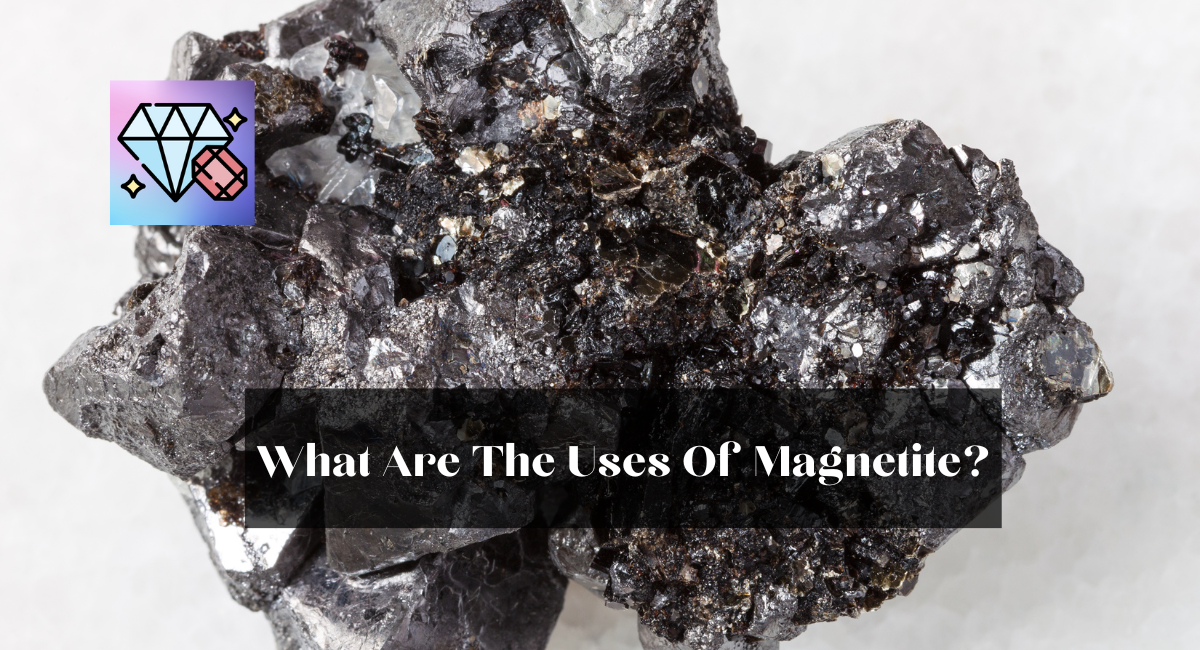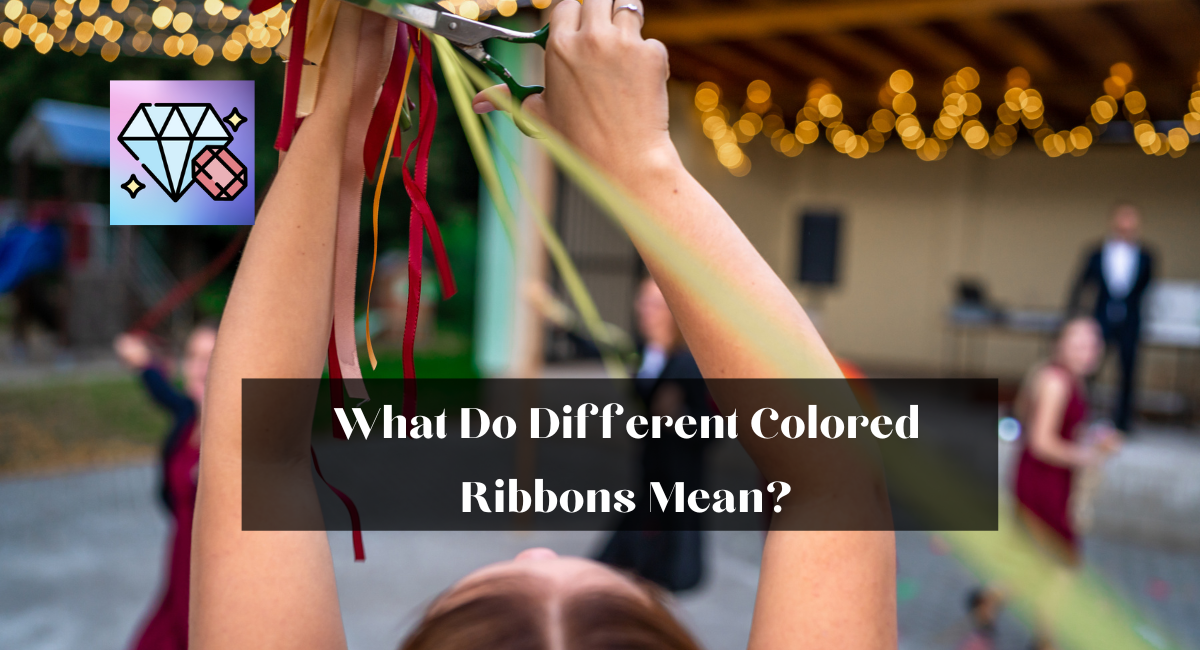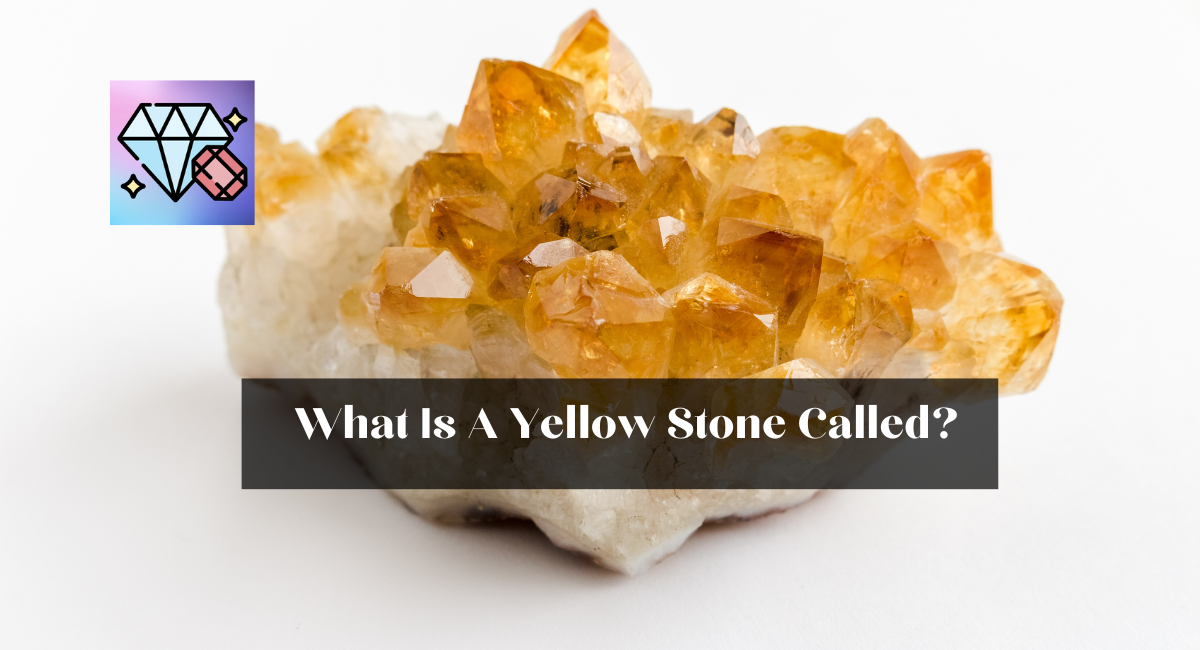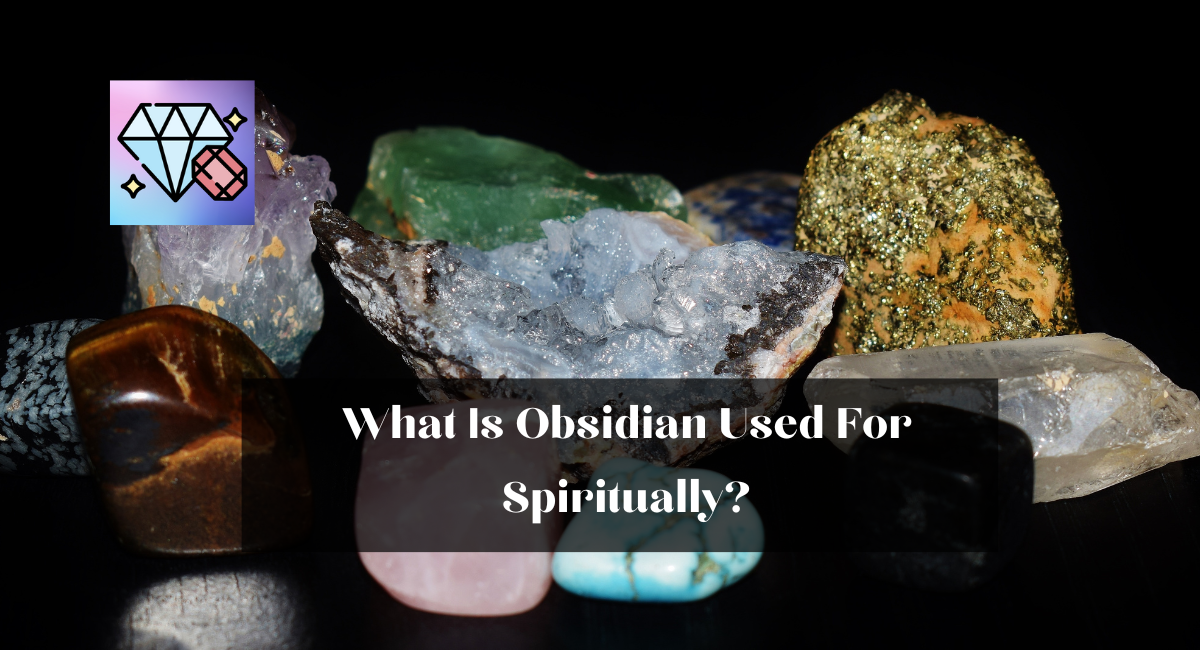How To Use Crimp Bead Covers?
Crimp bead covers, the key to obtaining a polished and professional finish in jewelry making, provide a simple yet effective method of concealing unsightly crimp beads. These tiny components can convert your jewelry from a … Read more










